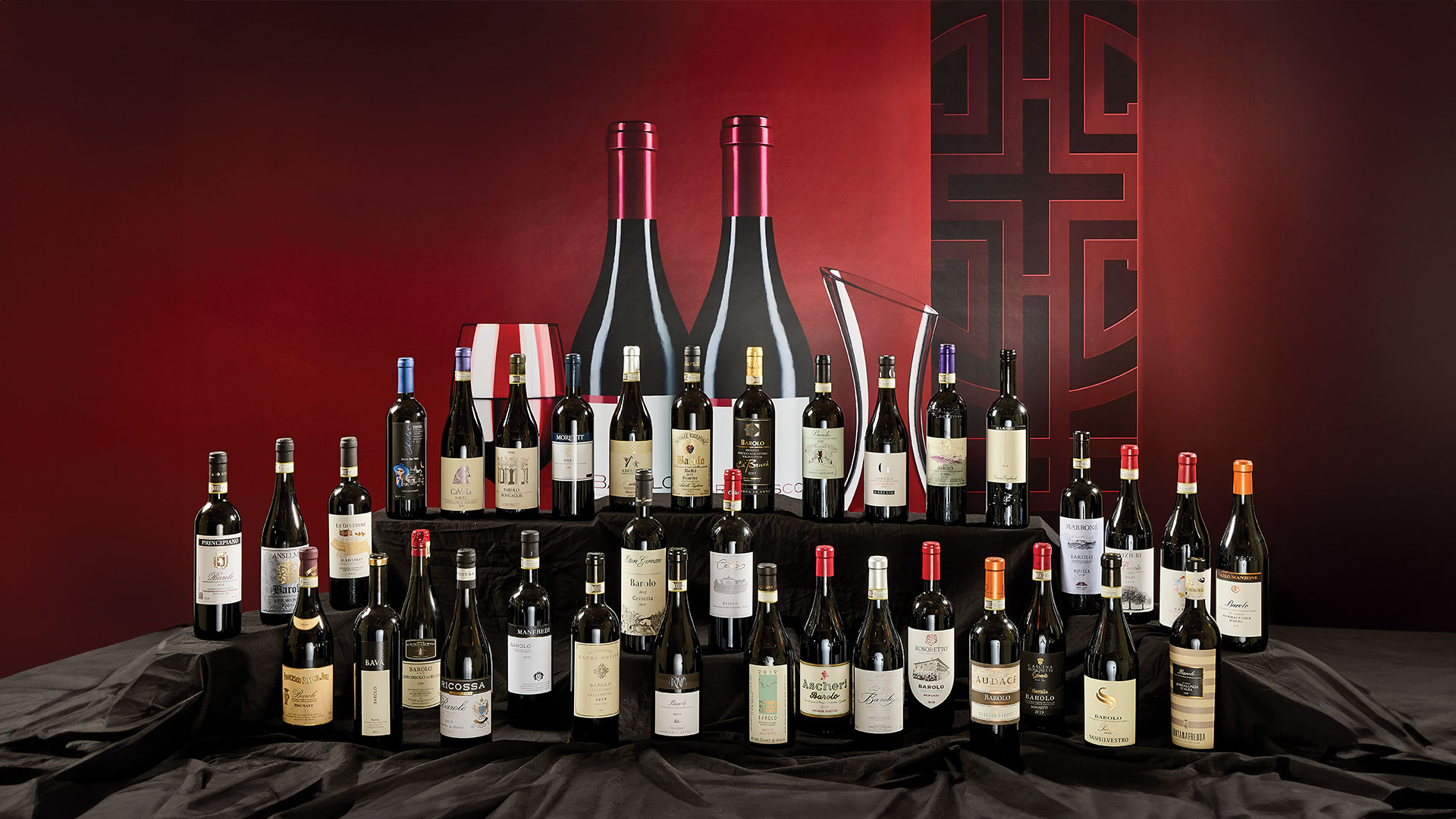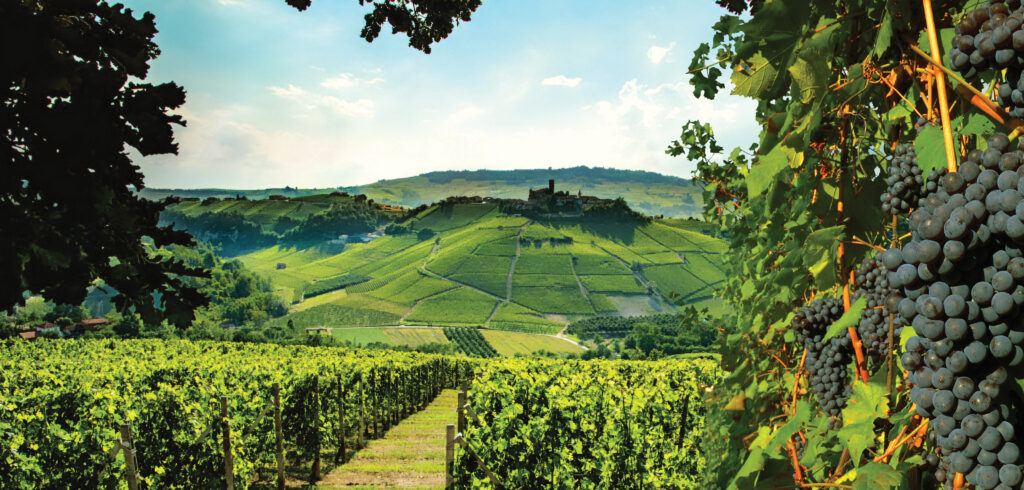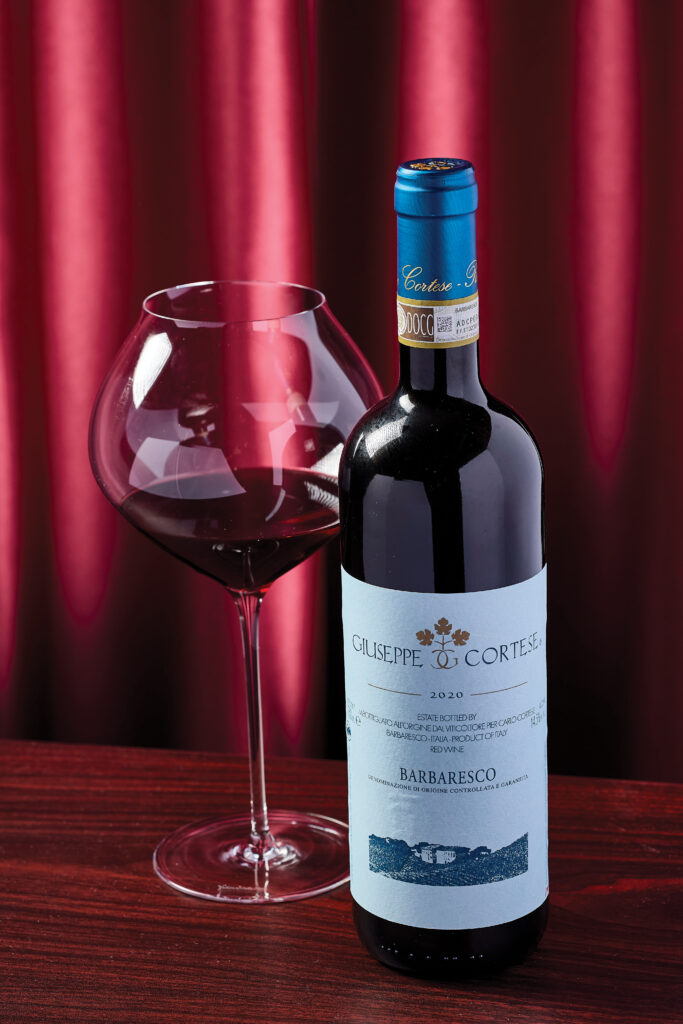
Langhe Lasting: The noble Italian winemaking area where age-worthy reds rule
The Langhe, located in northwest Italy, is a hilly area that has attained international recognition for its deeply embedded and longstanding winemaking culture. It is a key part of the Piedmont region, which is officially designated as a Unesco World Heritage Site. In the Langhe, two of the world’s pre-eminent red wines, namely Barolo and Barbaresco, are made purely from the native grape of Nebbiolo.
Red heaven
Matteo Ascheri is president of the Consortium for the Protection of Barolo Barbaresco Alba Langhe and Dogliani, an organisation which helped secure DOC status for Barolo and Barbaresco in 1966, and then, in 1980, their elevation to DOCG (Denominazione di Origine Controllata e Garantita), Italy’s highest classification of wines.
Sip of royalty
Hailed as ‘The King of Wines and the Wine of Kings’ some 175 years ago, Barolo is a grand wine with the noblest of histories. “It was sipped in the courts of Europe,” says Ascheri. “It is now made in 11 communes in the vicinity of Barolo village and is enjoyed the world over for its glorious dark red appearance and its fruity and spicy power.”

He likens these aromas and tastes that “develop over a long, captivating finish” to “red berries, cherries in liqueur and jam; roses and violets; and cinnamon, pepper, nutmeg and vanilla. Occasionally liquorice, cocoa, tobacco and leather can be discerned on the nose and palate, too.”
Barolo producers must age their wine for a minimum of three years before bottling. To qualify as Barolo Riserva, it has to be aged for at least five years. “The pride of many collectors’ cellars, Barolo is a prized wine that benefits from long ageing, with 10 or 20 years considered the norm,” notes Ascheri.
Fruits and florals
Barbaresco arose in the pretty village of that name about 50 years later. Domizio Cavazza, a Barbaresco native and the first head of the Enology School of Alba, organised a collective of growers in 1894 to make wine solely from the Nebbiolo grape. “Barbaresco lures wine lovers with a stimulating bouquet of fruits and florals – including raspberries, red-berry jam, geraniums and violets – as well as hints of green pepper, cinnamon, nutmeg, hay wood, toasted hazelnuts, vanilla and even aniseed,” says Ascheri.
“It must be aged for two years in oak before bottling and earns the title of ‘Riserva’ after four years. The wines are at their smoothest and most nuanced when aged from five to 10 years, though the best vintages can lie for longer.”

Vintage appeal
Ascheri points out that bottles of both these wines from superior vintages are often purchased to be cellared and treasured as valuable collectibles. Connoisseurs seeking more tangible delights will be tempted to open them on special occasions, though. “Barolo and Barbaresco are natural accompaniments to rich, hearty dishes like braised meat, aged cheese and truffles – another of the Langhe’s great gastronomic gifts to the world,” he says. He is a strong advocate of their sublime qualities, stating: “Befitting their classification as premier, age-worthy red wines, the robust, full-bodied Barolo, redolent with dark fruit, earth and spice, and the elegant, red-fruited and floral Barbaresco make unique gifts to be laid down and enjoyed at their prime.”





![[Feature Story] Journey to the Crown – Epic finals at Roland-Garros fought with supreme sportsmanship](https://www.gafencushop.com/wp-content/uploads/2025/06/a_rg_2505ac_09904_feature-image.jpg)
![[Feature Story] Indult Paris – Sensational Scents of Precious Ingredients](https://www.gafencushop.com/wp-content/uploads/2025/06/Induit-Kim-Charles_feature-image.jpg)
![[Feature Story] Rémy Martin XO x Anish Kapoor – Appreciating the Finer Things in Life](https://www.gafencushop.com/wp-content/uploads/2025/06/Remy-Martin-Feature-Image_June2025.jpg)